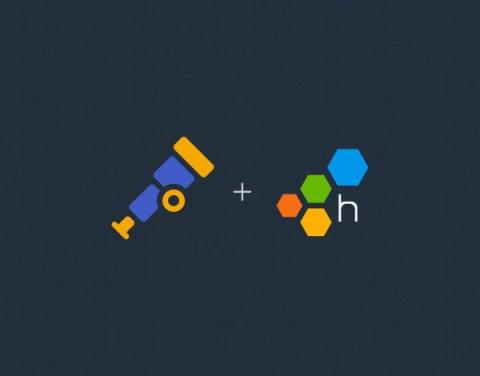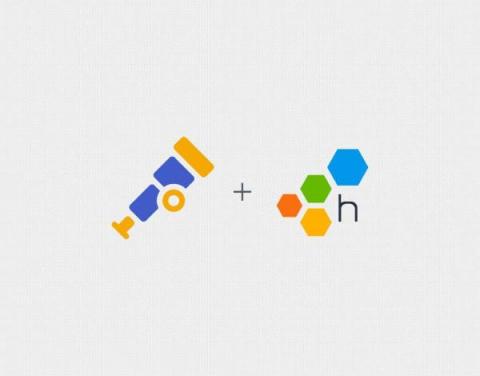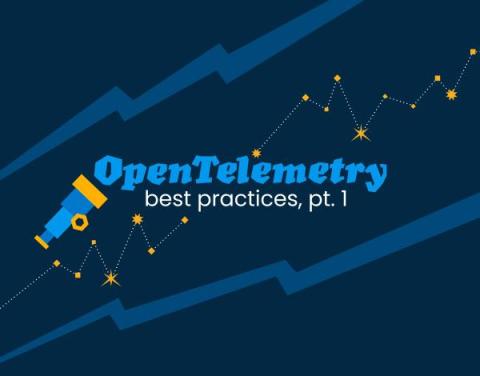Transforming to an Engineering Culture of Curiosity With a Modern Observability 2.0 Solution
Relying on their traditional observability 1.0 tool, Pax8 faced hurdles in fostering a culture of ownership and curiosity due to user-based pricing limitations and an impending steep price increase. Pax8’s platform engineering team was keen on modernizing the company’s cloud commerce platform, but they were hitting obstacles with their traditional observability 1.0 tool, which relied on the three pillars of logs, metrics, and traces.











